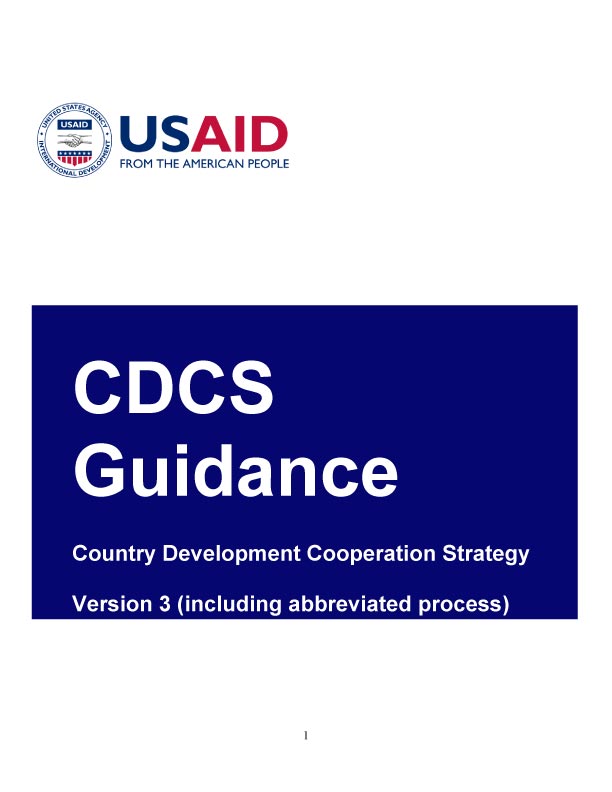Speeches Shim
Purpose: USAID’s Country Development Cooperation Strategies continue to improve upon the Agency’s long tradition of strategic planning to define development objectives and maximize the impact of development cooperation. The Country Development Cooperation Strategy (CDCS) process implements the Quadrennial Diplomacy and Development Review (QDDR) and the Presidential Policy Directive on Global Development (PPD-6), which states: “USAID will work in collaboration with other agencies to formulate country development cooperation strategies that are results-oriented, and will partner with host countries to focus investment in key areas that shape countries’ overall stability and prosperity.”
A CDCS is a five-year strategy (although it may be shorter for countries in transition) that focuses on USAID-implemented assistance and related USG non-assistance tools. USAID Missions work closely with host country governments and citizens, civil society organizations, the private sector, multi-lateral organizations, other donors, the State Department, and other USG agencies to develop a CDCS that:
- Supports U.S. foreign policy priorities;
- Ensures strategic alignment with host country development priorities and promotes mutual accountability;
- Takes into account the needs, rights, and interests of the country’s citizens;
- Focuses on achieving development results that have clear and measurable impacts;
- Incorporates USAID’s Policy Framework for 2011-2015, Agency-level policies and strategies, Presidential Initiatives, and USAID Forward;
- Communicates Mission needs, constraints, and opportunities;
- Defines a Goal, Development Objectives, Intermediate Results, and Performance Indicators through a Results Framework and supporting narrative;
- Defines associated resource priorities;
- Serves as the basis for the annual Mission Resource Request, Congressional Budget Justification, and other assistance planning, budgeting, and reporting processes; and
- Represents the first step in USAID’s Program Cycle, linking strategies to project design and implementation, monitoring and evaluation, learning, and resources.


Comment
Make a general inquiry or suggest an improvement.